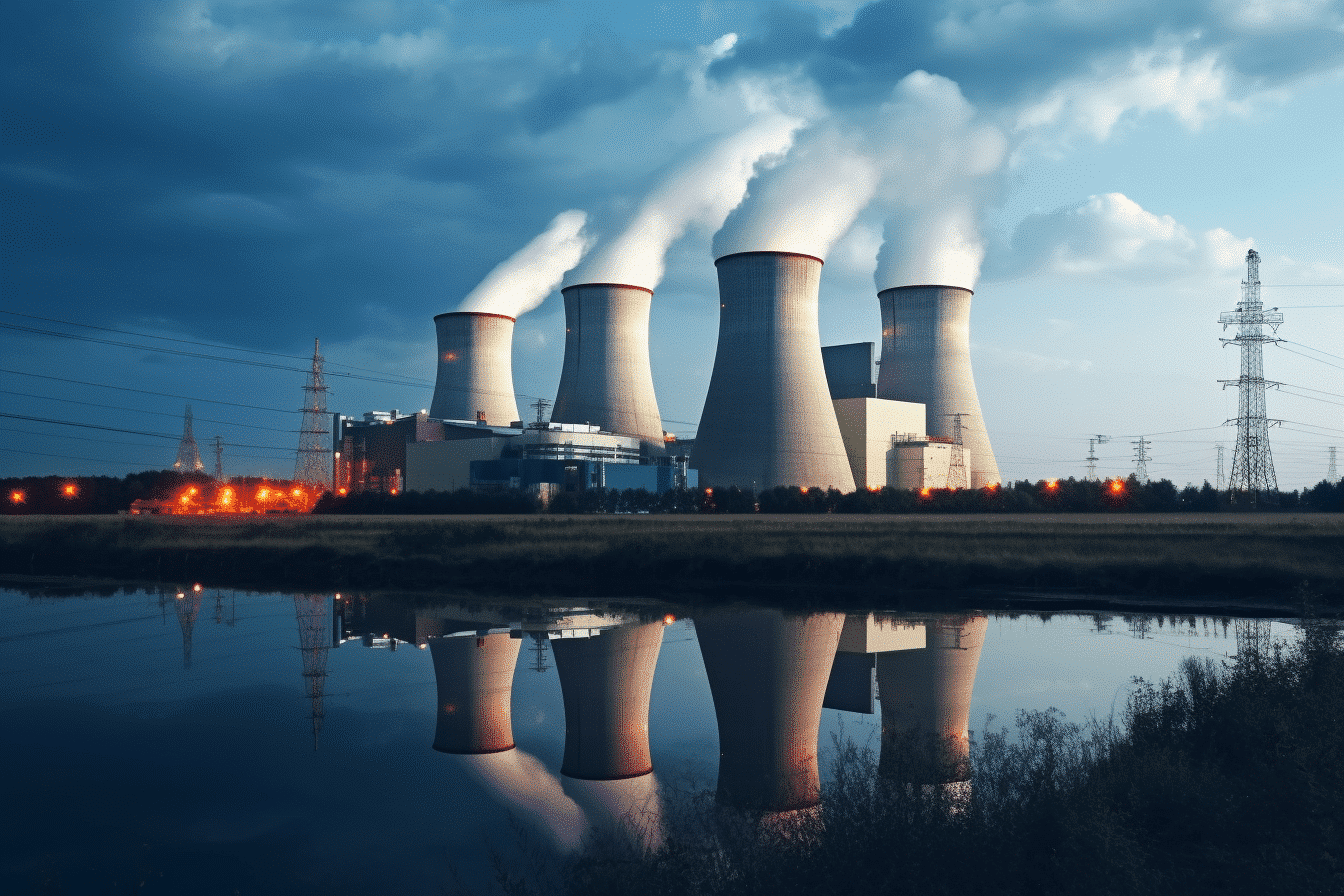New-wave reactor technology, known as Small Modular Reactors (SMRs), is gaining momentum worldwide as nations aim to reduce fossil fuel dependency and address climate change. The competition to lead in the SMR market is intensifying, with the United States, Russia, and China vying for dominance.
SMRs, smaller and more cost-effective than traditional large-scale reactors, hold the promise of revolutionizing nuclear energy. They require less space and can be deployed in a variety of locations, making them an attractive solution for countries seeking to decarbonize their energy systems rapidly.
The International Energy Agency (IEA) has outlined ambitious plans to more than double global nuclear energy capacity by 2050, recognizing the importance of nuclear energy, whether large or small, in the transition to a cleaner energy future.
Currently, China leads in nuclear technology and construction, while Russia dominates the production of SMR fuel. The United States, however, is striving to catch up, allocating substantial investments in SMR technology development.
One of the driving factors behind the US push for SMRs is its desire to secure a foothold in the global market. After losing the wind and solar energy race to China, the US is seeking to export entire fleets of SMRs to countries worldwide. This strategy aims to circumvent the challenges faced by large-scale nuclear power plants, often plagued by budget overruns and delays.
While SMRs provide less energy compared to their larger counterparts, they offer greater flexibility. SMRs are composed of smaller, easily assembled components, akin to a nuclear power plant flatpack. This versatility makes them appealing to nations looking to diversify their energy sources.
In December, during the COP28 climate talks in Dubai, the United States took a lead role by pledging to triple the world’s nuclear energy capacity. To support this goal, the US government has committed $72 million to its international SMR program, known as FIRST, providing countries with comprehensive assistance, from workshops to engineering and feasibility studies.
Financial institutions such as the US Export-Import Bank and the International Development Finance Corporation have offered loans totaling $3 billion and $1 billion, respectively, for SMR projects. These funds are directed at SMRs designed by companies like GE Hitachi Nuclear Energy, with projects in Poland aimed at reducing reliance on Russian gas.
In addition to Southeast Asia, central, and eastern Europe, where countries are looking to reduce dependence on Russia, the US is also targeting nations that have never before used nuclear power. To succeed in these markets, safety is a paramount consideration.
While concerns about nuclear safety have persisted for decades, global sentiment is shifting. As extreme weather events linked to climate change become more frequent, the urgency to transition to cleaner energy sources is growing.
The path forward for SMRs, however, is not without challenges. High costs, supply chain issues, inflation, and interest rates have contributed to the struggles of SMR projects in the United States. In 2023, NuScale, an Oregon-based company, faced cost overruns that led to the cancellation of a demonstration project in Idaho.
Despite setbacks, the US is leveraging its diplomatic influence to promote the adoption of SMRs globally. The Nuclear Regulatory Commission’s rigorous safety standards provide a level of trust that appeals to European allies.
The future of SMRs remains uncertain, with experts suggesting it may take until the second part of the next decade to determine their viability on a large scale. Nevertheless, the global race for SMR technology is poised to play a significant role in addressing climate change and reshaping the energy landscape.




